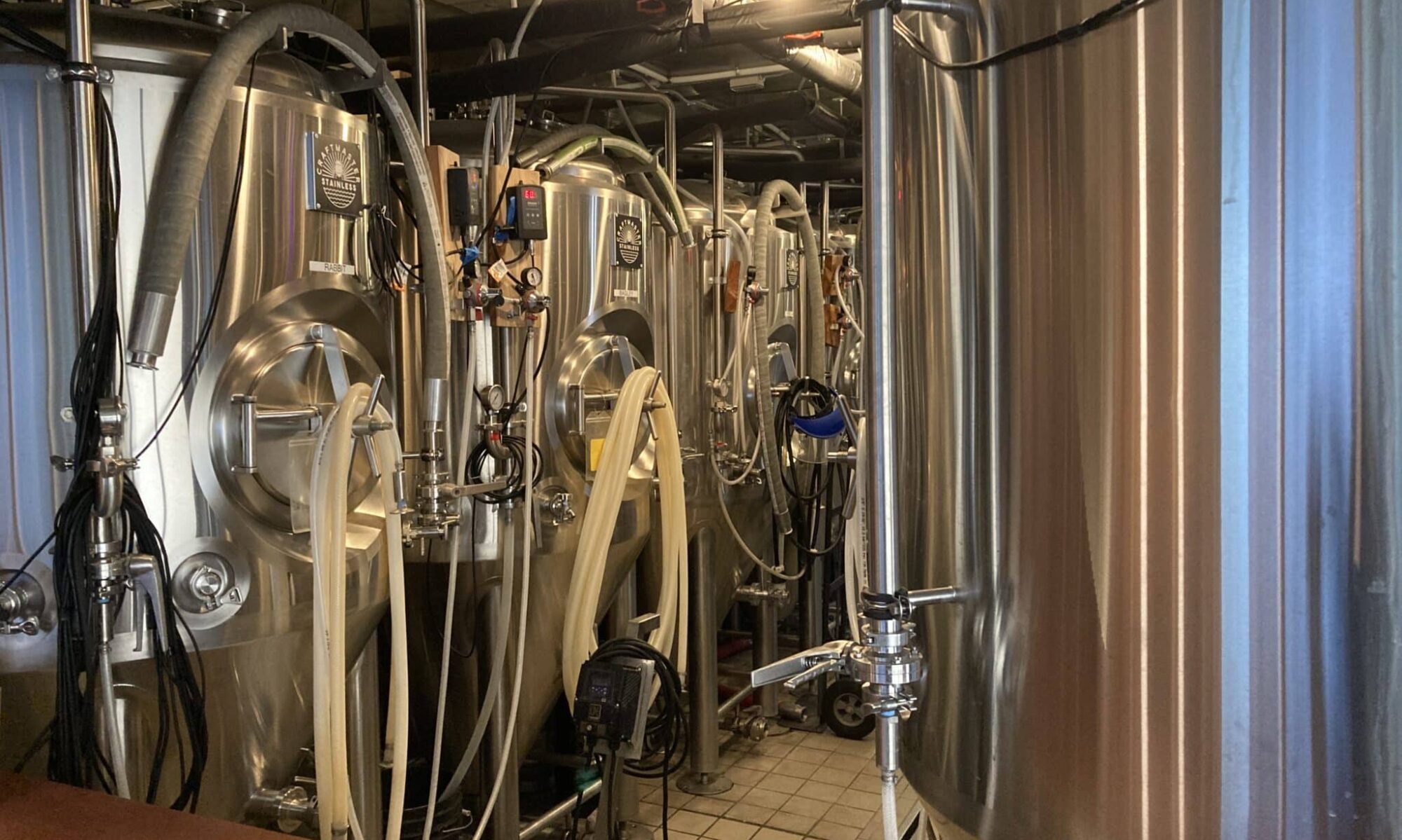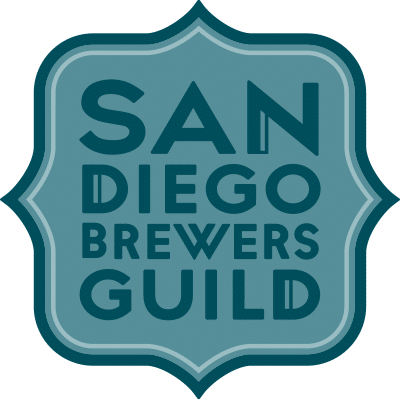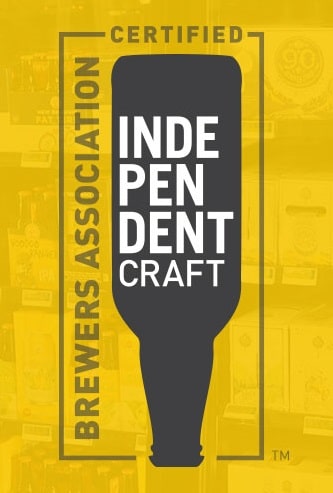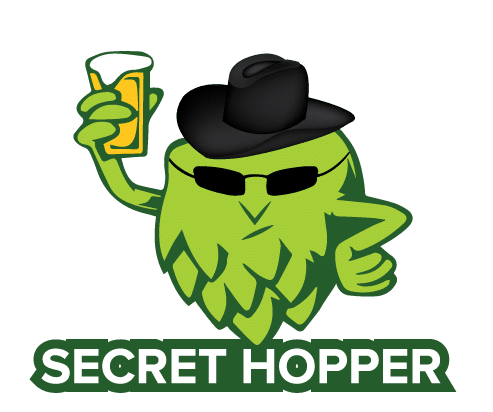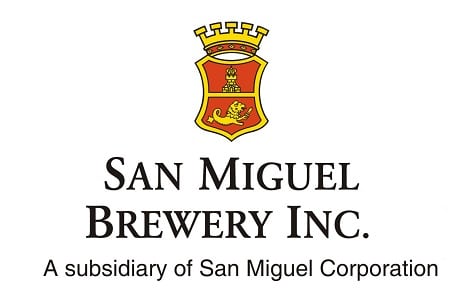There are players ranging from ZX Ventures to Hopsy, Drizly and other millenially monikered names entering the beer delivery market. But is it a market that can actually be viable long term?
I think not. At least not nationally and not on a state level either.
The two best bets for making this work would be approaches that are diametrically opposed. You can string together operations by city. Have a service in Portland, another separate one in Salem, Eugene, and so on. Each smaller service could deliver to a targeted area from breweries in that area. For beers outside your radius, you would have to have that zone deliver to your zone and then to you. Akin to a library system. I can request a book and if my city library does not have it, they can ask another library that they are partnered with if they do.
The logistics on this would be a challenge, that is certain. Drivers would have to visit multiple breweries in their area and either drop their bounty off at a distribution hub for outbound drivers to deliver or do both pick-up and drop-off from one roaming vehicle. There would certainly also be issues with order fulfillment. Smaller breweries don’t make as much of some beers. If an order is received at 1pm for a hazy NE IPA beer that a customers sees as “buyable” on a website, the driver leaves that instant but what if the keg has just kicked or will in-between the driver leaving and arriving? How does a company handle this on the fly in a way that makes customers happy?
Now a bottle shop could conceivably offer a delivery service. But that would require upgrades and maintenance of SKU’s in an on-line store environment and again, how large a delivery radius could a store handle? And the only way to adequately cover a city would be by banding together with other bottle shops. Using L.A. as an example, there is simply no way to get a beer from Beachwood Brewing in Huntington Beach to my home in Glendale without expending lots of time and gas and freeway frustration.
Notice that I haven’t even mentioned the added cost that would have to be tacked on to make this financially workable. That is a cost that will reduce the pool of prospective customers. Oh and I haven’t even looked into how local, state and federal laws would come into play.
But what if SABInBev decided to jump into the game?
They have distribution in place. But they lack the selection that people will pay a premium for. Who in their right mind is going to order up a case of Lime-A-Rita’s or America cans and pay a delivery fee for something that is not a premium price product and can be found at any corner store or gas station for a lower price?
Their product is everywhere and plentiful. Not something that is being hunted for or, quite frankly, desired to that extent. Especially to the extent that a mark-up would be tolerated. Maybe, delivery can be targeted for larger orders for parties or weddings or the like. But that too is already more than adequately covered.
In basic economic terms, the demand cannot be supplied and the supplier is not in demand. To my eyes, the customer base for delivery requires a certain selection (from craft breweries) and those that can fulfill orders effectively (distributors) does not have that product. There is a chasm that would require quite a bridge to make this work.
Perhaps, independent beer can be delivered but it would take something like Amazon partnering with Whole Foods for that to possibly happen?
Peel the Label is an occasional series where I opine about the big picture of craft beer and blogging without photos, videos or links.

